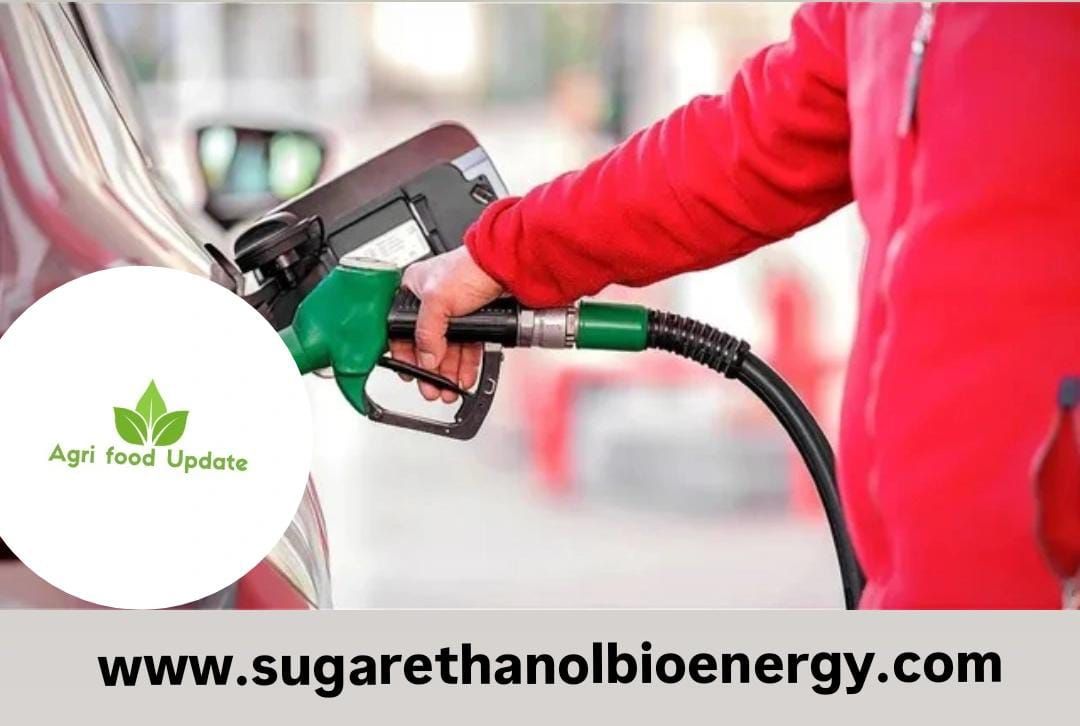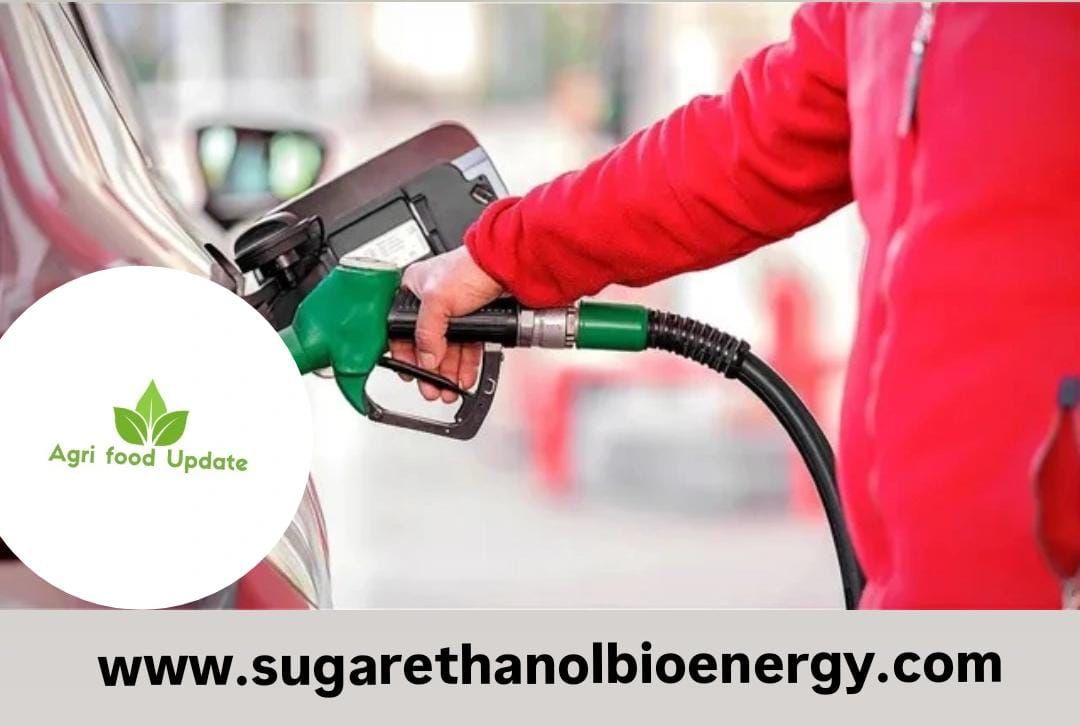
India recently crossed a major milestone in its energy and environmental strategy: achieving 20% ethanol blending (E20) in petrol nationwide, five years ahead of its original 2030 target. The move is seen as a push to reduce fossil fuel dependence, cut carbon emissions, and support farmers by increasing demand for ethanol. However, the transition has stirred vocal concern from vehicle owners, mechanics, and even some automakers—especially those with older or E10‑calibrated vehicles. The challenges aren’t just technical; they’re also about trust, communication, and consumer rights.
Government & Industry Response
The Ministry of Petroleum & Natural Gas has dismissed many concerns as “largely unfounded” and not based on robust scientific evidence.
It acknowledges a small decline in fuel efficiency, estimated at 1–2% for vehicles already designed for E10 and retrofitted or calibrated for E20; for other vehicles the range may be 3–6%.
The ministry says corrosion inhibitors are part of the fuel specification and that standards (BIS, automotive norms) ensure compatibility.
India’s ethanol production has grown rapidly, with blending levels rising significantly over the past six years. Ethanol supply grew from under 200 crore litres and a 5% blending rate in FY19 to more than 820 crore litres and a 19.9% blending rate in FY25.The country reached its milestone of 20% ethanol blending (E20) in March 2025, five years ahead of the original 2030 target. This progress has been driven by capacity expansion, feedstock diversification, and stable pricing policies.



